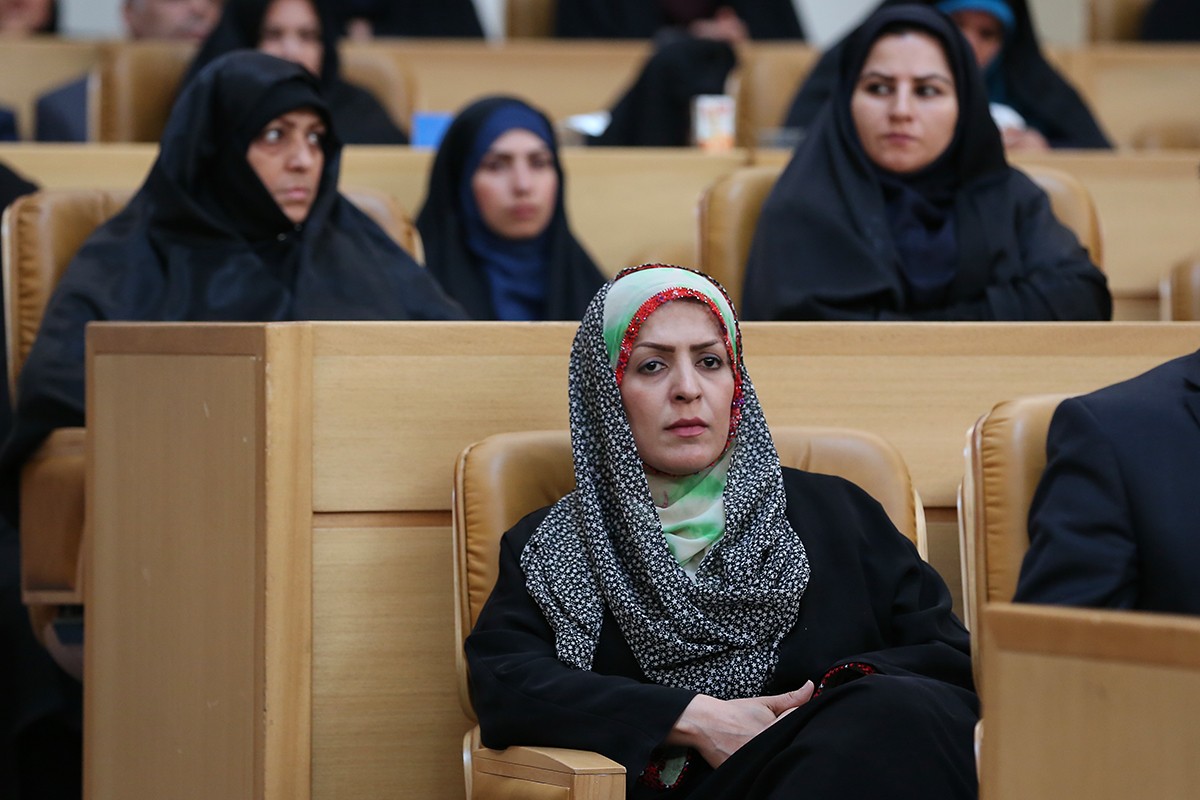An unprecedented number of women have been elected to city councils in local elections held across Iran in August.
Voters elected women candidates to run seven councils in the provinces of Mazandaran, Kermanshah, Khuzestan, Gilan and Sistan-Baluchistan.
“My most important goal for getting on the presiding board was to elevate the standing of women,” says Akhtar Veisi who was elected president of the board with the support of more than half of city council members of Javanroud in the western province of Kermanshah, ISNA reported.
City councilors from Daylaman in the Caspian Sea province of Gilan voted unanimously for Tayebeh Nik-Khoo Deylami. The city council of Babol, a major town in the neighboring province of Mazandaran, elected Marmar Firouzpour as its president. Sh’oleh Mostafapour was elected in Nowshahr in the same province. “The male candidates for presidency raised no objections,” Mostafapour said.
Jamileh Molazehi was elected in Nik Shahr in the southeastern province of Sistan-Baluchistan and in the southwestern province of Khuzestan two women won the presidency: Mahnaz Keian Hosseini in Chamran and Sima Kamaei in Ramhormoz.
Under Iranian law, city councils are tasked with local governance and the election of mayors for a term of four years. They also take part in key decisions in urban management.
City councils which were first established in 1999, have vast functions such as supervising the affairs of municipalities and all organizations, institutes, and companies affiliated to them; protecting capital and assets of municipalities; and supervising the expenditure of local bodies through an official auditor as well as taking necessary legal action in case of irregularities.
The councils also oversee the implementation of plans related to development of streets, avenues, squares, green spaces, and public facilities in cities according to the relevant regulations.
One new Tehran city councilor is Fatemeh Daneshvar, who also heads a committee in Iran’s Chamber of Commerce.
“At first, working for the committee was very difficult for me,” she wrote on her personal website.
“I met with cultural resistance which originated from men’s unwillingness to accept a woman as the boss. Some resigned and left the committee. Some known people repeatedly called me and wanted me to resign. They said, frankly, that it was because I was a woman.”
A total of 17 women won seats in the parliamentary elections held on February 26 and the run-offs on April 29. This is the first largest representation of women in the elected 290-member legislature after the fifth Majlis (1996-2000) which had 14 women members.
Education and Economic Potential
Iranian women are educated to much higher university levels than before but when they complete education, their economic potential is often squandered. Female participation in the labor force was 13.3% [over 63.2% for men] in the last Iranian year that ended in March, far lower than in developed countries.
Data from the Ministry of Cooperatives, Labor and Social Affairs show more than 65.5% of educated Iranian women are jobless.
According to a report by the Statistical Center of Iran (SCI) earlier this year, less than 30% of working women are employed by the public sector and the private sector is providing jobs to more than 70%.
The percentage of women in private firms is higher among the 18 to 24 years age group with 92.2% in this group working in the private sector, khabaronline.ir reported.
The northern East Azarbaijan Province has the highest rate of women employment while the lowest is for Kohgiluyeh and Boyer-Ahmad Province in southwestern Iran. East Azarbaijan and neighboring Ardebil Province recorded the highest rate of women working for the private sector with 87% and 86.4% of the total working women respectively; while Kohgiluyeh and Boyer-Ahmad and Hormozgan provinces ranked lowest in terms of women employed in the private sector with 31% and 38.8% respectively.
A review of the economic sectors where Iranian women are employed indicates that with 53.4%, the service sector is the most preferred by women, followed by the agricultural and industrial sectors with 24.7% and 21.8% respectively.
West Azarbaijan Province recorded the highest number of women working in the agro sector with 59.6%, while Isfahan Province ranked the highest in terms of women working in the industrial sector with 83.2%; Kohgiluyeh and Boyer-Ahmad with 82.4% beat the other provinces in terms of women employment in the service sector.


